How to Improve the Production Efficiency of Beef Processing Equipment
The beef processing industry is highly competitive, and with growing market demands, improving the efficiency of beef processing equipment is essential for companies looking to gain a competitive edge. Enhancing the production efficiency of beef processing equipment not only helps reduce production cycles and increase product quality but also lowers operational costs. This article will discuss how to optimize equipment design, use more efficient processing methods, and integrate automation technologies to significantly enhance the efficiency of beef processing equipment.
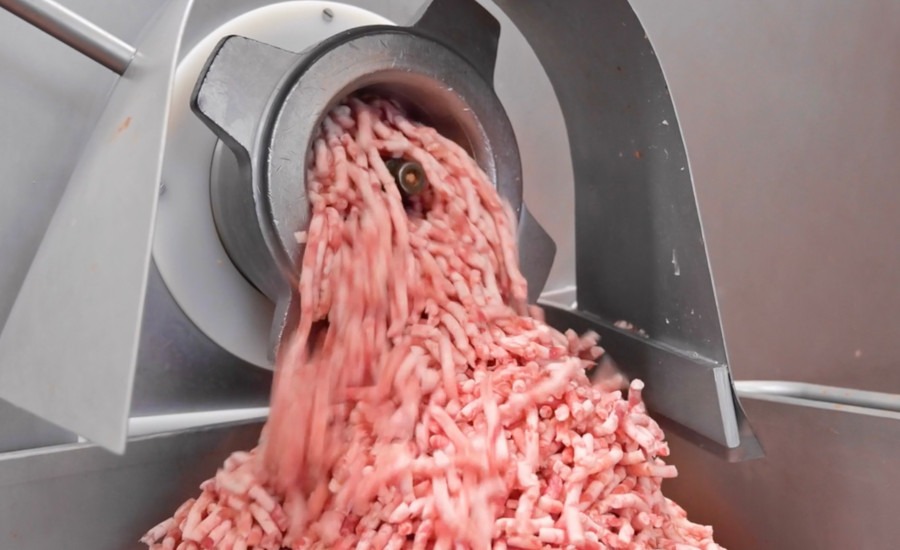
1. Equipment Design Optimization: The Foundation of Efficiency
Optimizing equipment design is crucial to increasing production efficiency. By focusing on improving the stability, reducing energy consumption, and minimizing the need for maintenance, companies can ensure higher performance and lower operational downtime.
a. Modular Design
One of the most effective approaches is modular design. Modular equipment allows manufacturers to configure systems flexibly based on production needs, reducing time spent switching between tasks. This design also simplifies maintenance and upgrades, contributing to reduced equipment downtime.
b. High-Durability Materials
Using durable, corrosion-resistant materials like stainless steel can prolong the lifespan of beef processing equipment and decrease the frequency of maintenance. High-quality materials also reduce contamination risks and ensure product safety, further boosting efficiency.
c. Smart Monitoring Systems
Integrating smart monitoring systems with sensors and data analytics helps in real-time monitoring of the equipment's status. Predictive maintenance based on this data can reduce unplanned downtime and enhance equipment performance, which leads to higher overall productivity.
2. Optimizing Processing Flow: A Path to Shorter Production Cycles
The production efficiency of beef processing equipment isn't solely dependent on the machinery itself but also on how well the production line is organized. Optimizing the processing flow can minimize waste and improve overall productivity.
a. Streamlined Production Layout
A well-planned production line layout can minimize manual handling and transportation time. For example, aligning automated cutting machines with conveyor belts can create a continuous flow that reduces waiting times and bottlenecks, boosting efficiency across the board.
b. Assembly Line Work
The assembly line approach breaks down the production process into smaller, manageable steps, allowing each stage to operate at maximum speed and precision. By doing so, assembly lines help ensure that each unit of beef is processed consistently and efficiently.
c. Waste Reduction
Implementing advanced cutting and sorting systems can maximize the use of each beef carcass, reducing waste. High-precision cutting tools allow for more efficient use of raw materials, ensuring that every cut is optimized, ultimately reducing overall waste and enhancing productivity.
d. Just-in-Time Preparation
In beef processing, syncing various tasks can lead to a significant increase in production speed. For example, automating the transport of beef between different stages, such as cutting and packaging, ensures no time is wasted between processes, thereby speeding up the overall production time.
3. Automation Technology: The Core of Modern Efficiency
Automation plays a key role in elevating the productivity of beef processing equipment. Automated systems can reduce human error, increase consistency, and enhance the overall speed of production.
a. Automated Cutting Systems
Automated cutting equipment is essential in modern beef processing. These systems use CNC technology to adjust cutting parameters based on the size, weight, and other characteristics of the beef. This level of precision ensures that each cut is uniform, increasing production speed while maintaining high quality.
b. Robotic Assistants
In repetitive tasks like packaging, loading, or sorting, robotic systems can operate at speeds and with precision that surpass human capabilities. Robots also eliminate the risk of human error, leading to higher consistency and lower labor costs.
c. Intelligent Control Systems
Advanced intelligent control systems equipped with real-time feedback and data analysis help optimize every aspect of the production process. From controlling temperature and humidity to managing processing times, these systems ensure that production conditions are always optimal, leading to higher throughput and improved product quality.
d. Automated Cleaning Systems
Hygiene is critical in beef processing, and regular equipment cleaning is mandatory. Automated cleaning systems can drastically cut down the time needed for equipment sanitation. This, in turn, minimizes downtime and allows the production line to resume operations quickly.
4. Preventive Maintenance: Keeping Equipment Running Efficiently
Preventive maintenance is key to ensuring that beef processing equipment continues to operate at peak efficiency. Proper upkeep can prevent unexpected breakdowns, extend equipment lifespan, and keep production moving smoothly.
a. Preventive Maintenance Programs
Establishing a regular preventive maintenance program that includes periodic inspections and part replacements can help detect issues before they escalate. For instance, regularly checking the lubrication system, replacing worn-out blades, and inspecting seals can help avoid equipment malfunctions.
b. Equipment Calibration
Accurate calibration is essential for ensuring that beef processing equipment performs consistently. Regular calibration of cutting machines and conveyors ensures that beef products are processed according to strict standards, improving both quality and efficiency.
c. Spare Parts Management
Maintaining an inventory of critical spare parts ensures that when a component does fail, it can be replaced quickly, minimizing production downtime. Collaborating with suppliers for faster delivery of spare parts can further reduce the impact of any unexpected equipment failures.
5. Conclusion: Maximizing Beef Processing Efficiency
In conclusion, improving the production efficiency of beef processing equipment requires a multi-faceted approach that includes optimizing equipment design, refining processing workflows, adopting automation, and implementing a robust maintenance plan. Whether it’s upgrading the equipment or fine-tuning the workflow, every step contributes to faster, more cost-effective, and higher-quality beef processing operations.
By enhancing the efficiency of beef processing equipment, companies can remain competitive in an increasingly demanding market while also benefiting from cost savings, higher productivity, and consistent product quality.
Must-Read Blogs For Chain Restaurants Owner

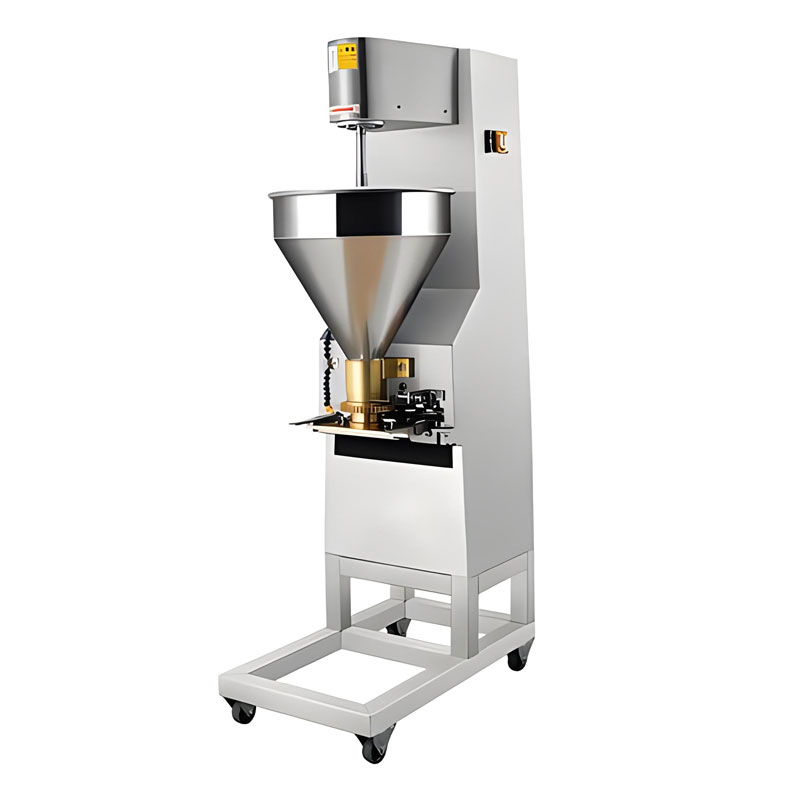
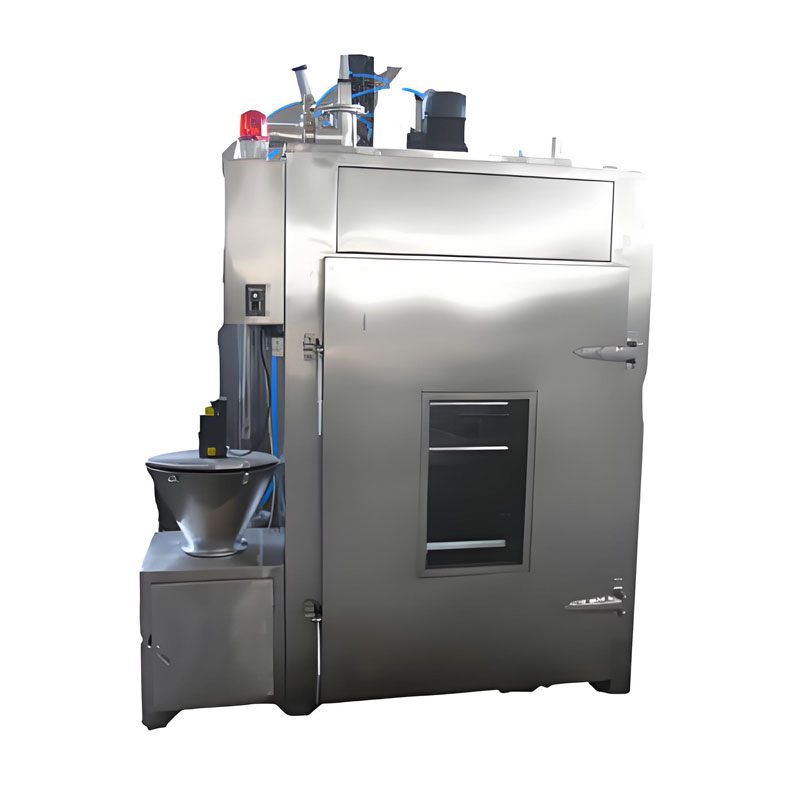
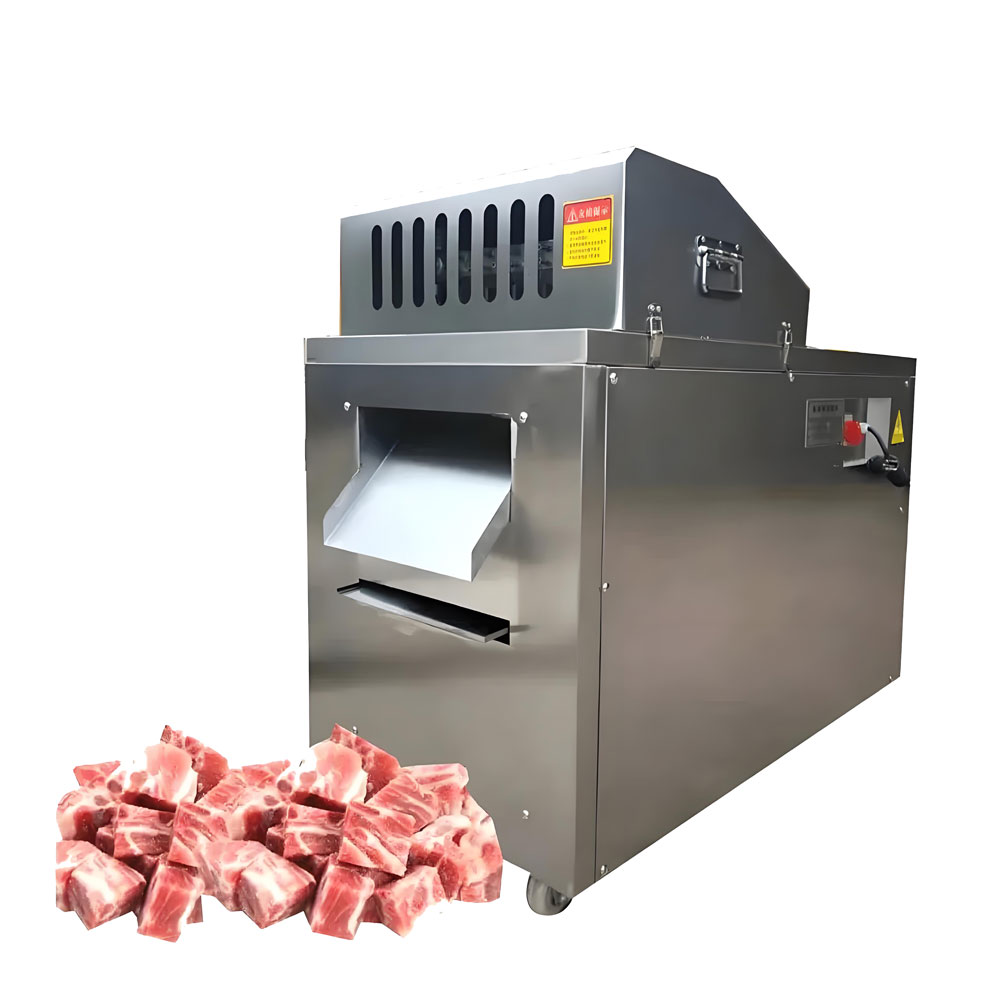
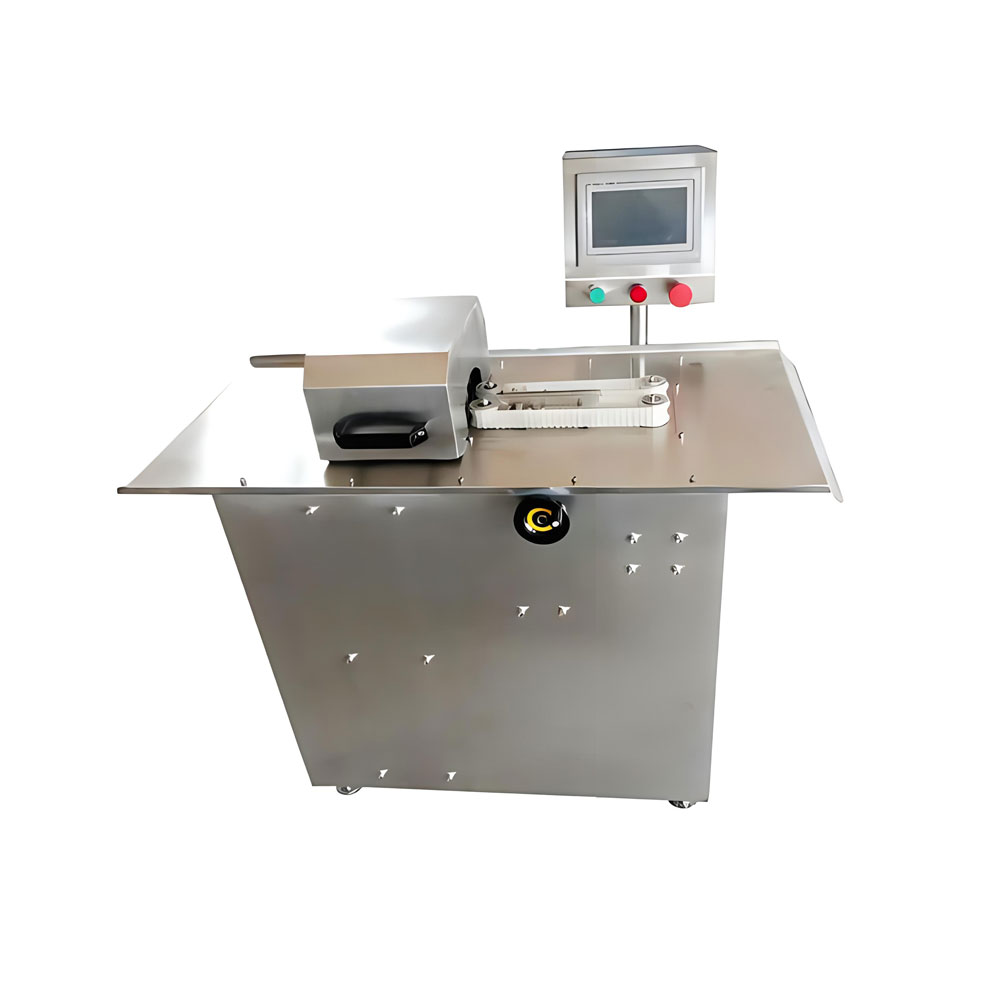
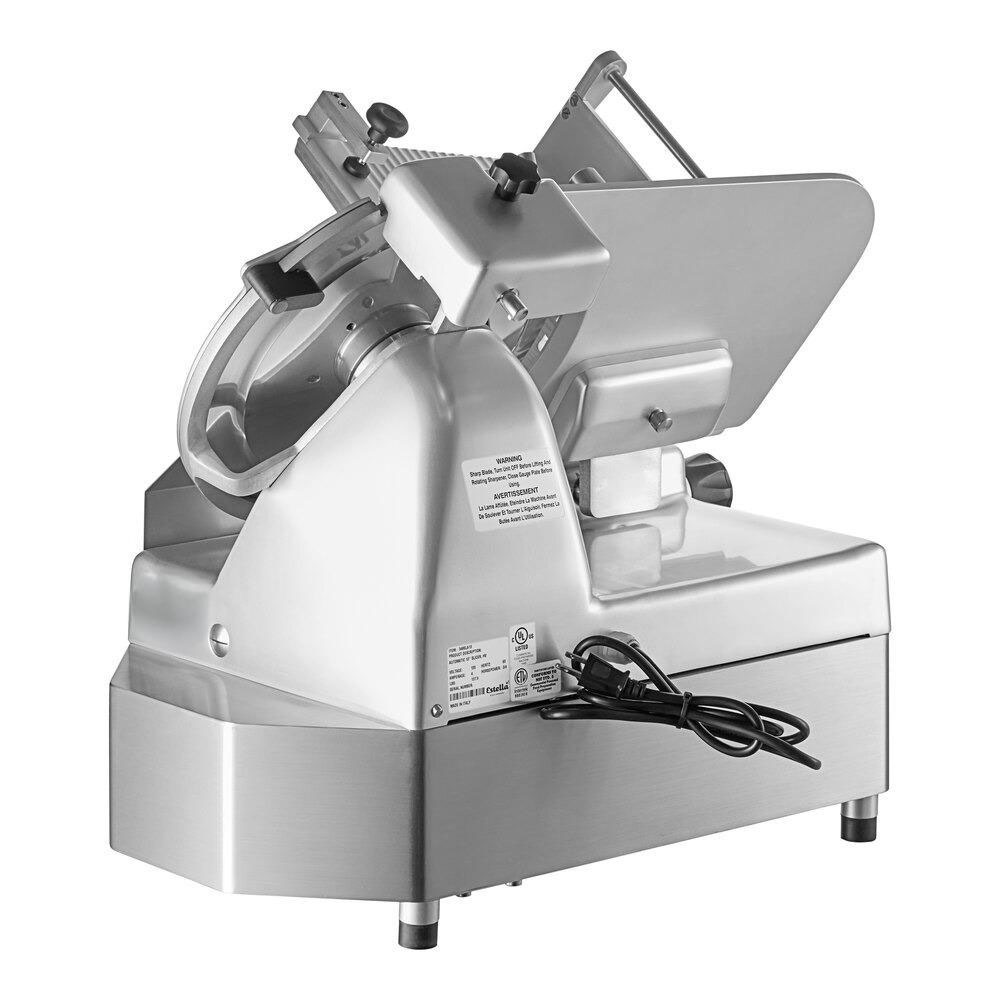
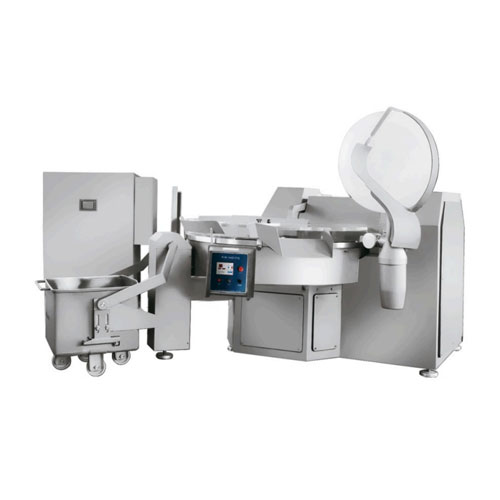
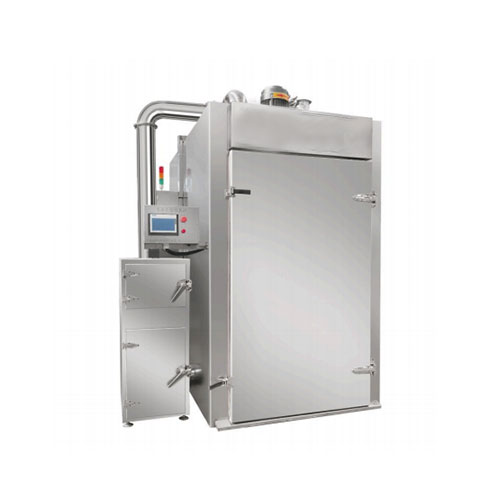
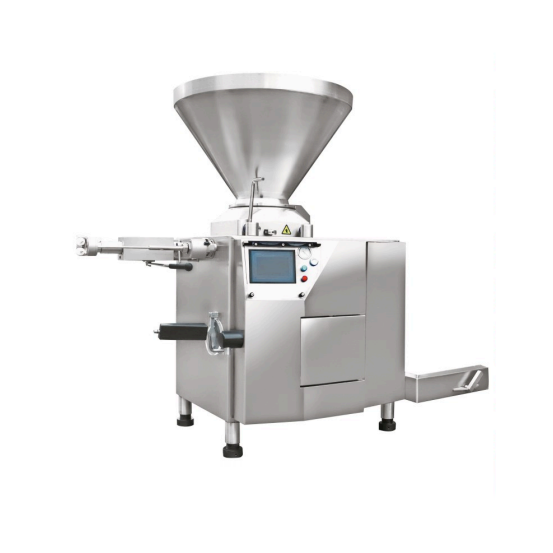
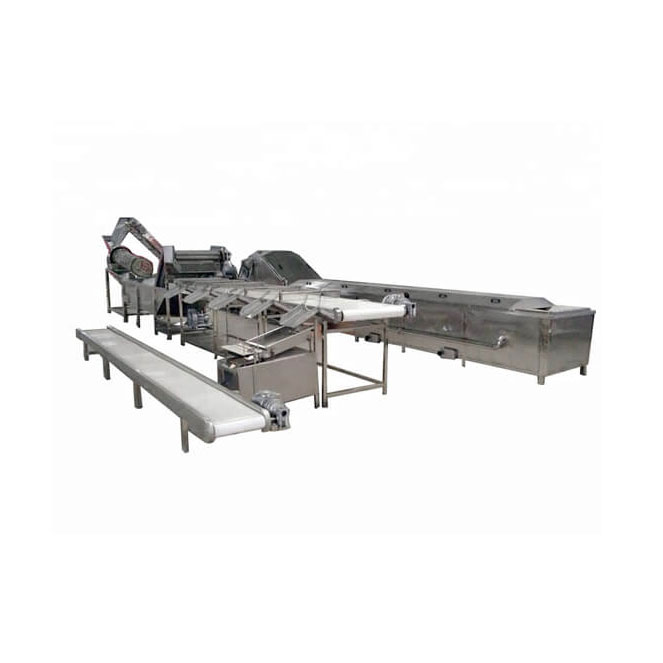
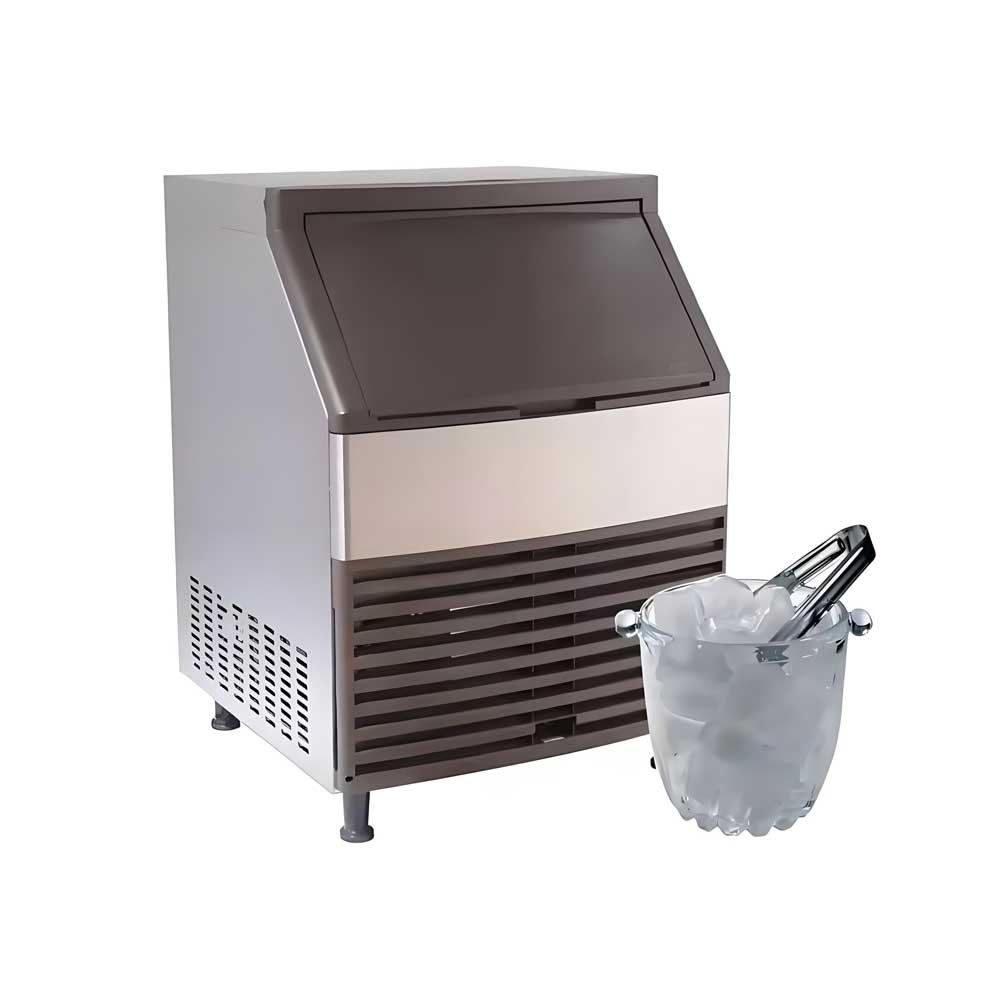
 Portable Flake Ice Machine
Portable Flake Ice Machine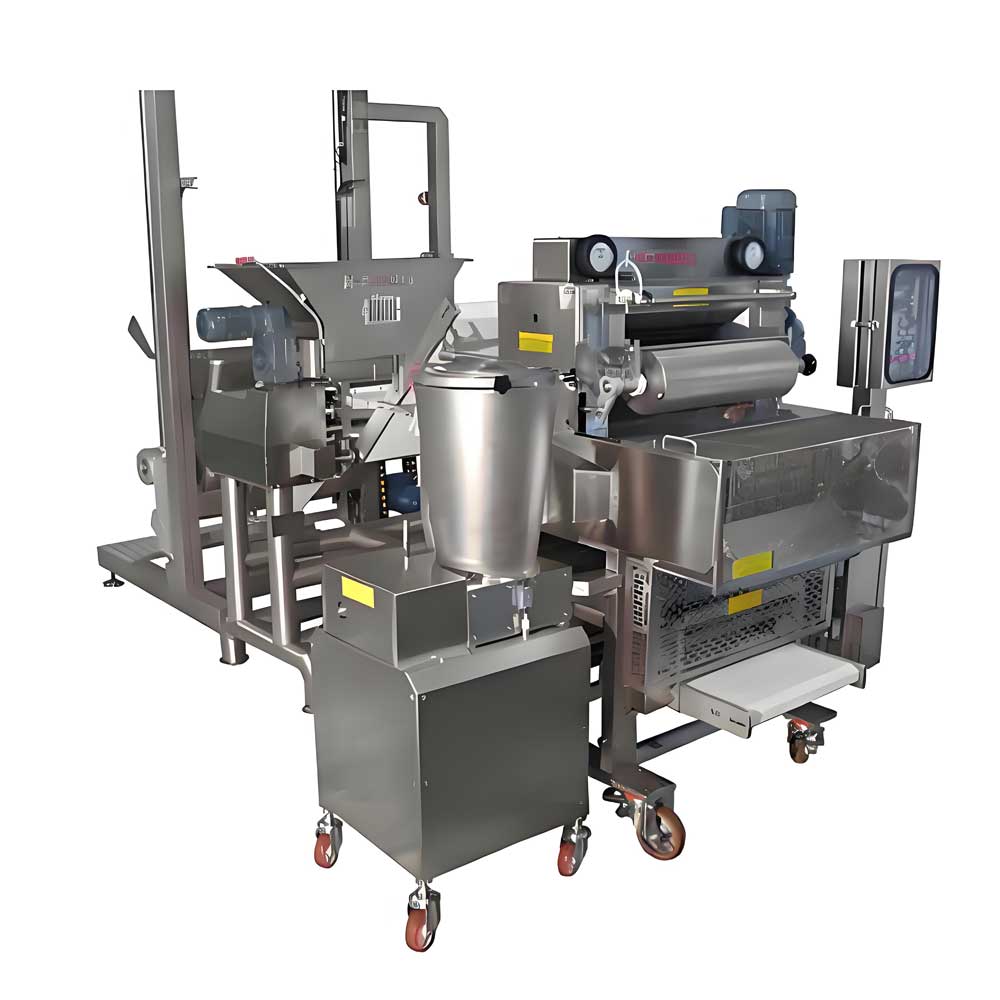 Pelmeni Making Machine
Pelmeni Making Machine
Ready to Get Started?